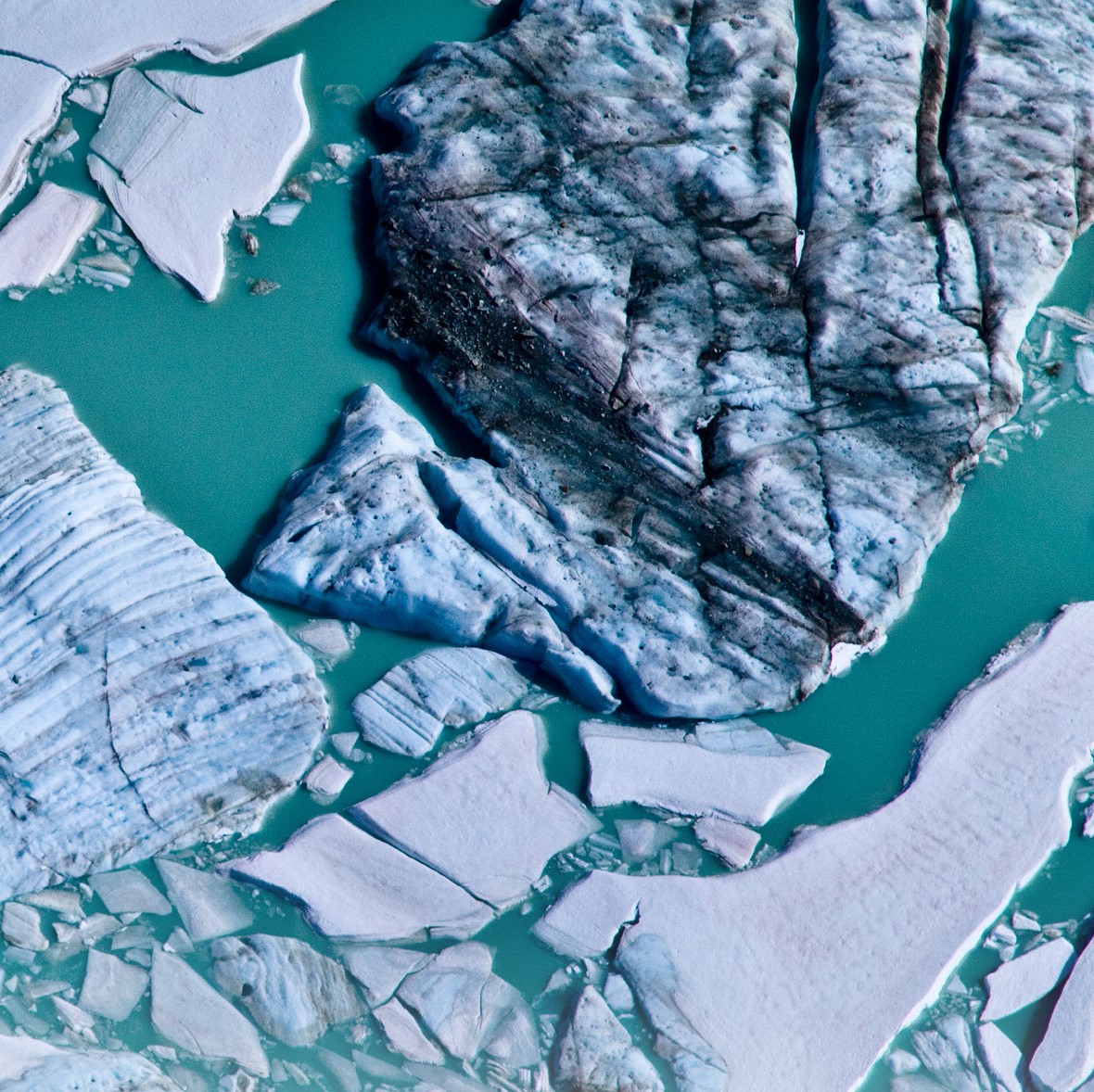
Valère Lambert is the rare breed of theorist with a deep understanding of the important questions who can craft both analytical and numerical approaches.
Valère has already produced several fundamental theoretical papers in his short career thus far. His 2021 Nature paper revisits one of the oldest, and most fundamental, problems of earthquake physics with fresh eyes. The problem of the absolute stress on faults is central to earthquake physics. Are earthquakes operating at near-lithostatic stresses, as one might expect from the overburden, or are they operating at low stresses, as one might infer from the lack of conspicuous thermal anomalies? Many have speculated based on cartoons that the radiated energy should be diagnostic of the difference; however, no one had shown it. Valère showed it and pointed out fairly clearly that large, subduction zone earthquakes are likely operating at low stresses. To make the argument, he also pulled in an important thread of rupture behavior and showed that the subduction earthquakes are likely crack-like, that is, slip over the whole fault at once, rather than pulse-like. It is a good paper in part because of virtuosic mastery of the multiple threads of thinking on the problem. This is one of Valère’s trademarks. He has an overview of the field seldom seen at any career stage, let alone as early he is now.
His other forays into earthquake physics include poroelasticity, and viscous flow modeling in addition to fracture mechanics. These are all technically challenging subjects that he has both mastered and made real contributions to at a surprisingly early career stage. His accomplishments are already impressive, and he richly deserves this honor.
—Emily Brodsky, University of California, Santa Cruz

Fault regions inferred to be slowly slipping are interpreted to accommodate much of tectonic plate motion aseismically and potentially serve as bar...





